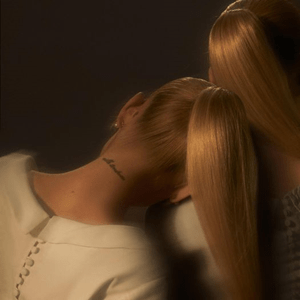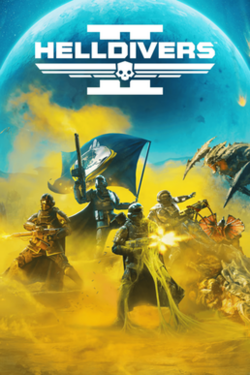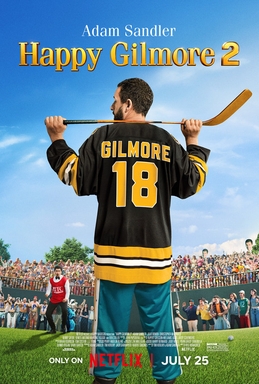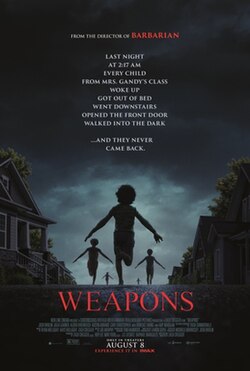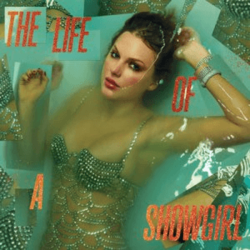Analog Horror Terrifies Audiences for Free
This article contains descriptions of suicide that may cause discomfort.
Analog horror is a unique subgenre of horror that’s gained popularity online. It utilizes aspects of old technology in order to invoke paranoid nostalgia in the viewer. The majority of analog horror stylized itself off old PSAs, educational videos, and most of all, VHS tapes. Except something is very, very wrong with these videos, as they slowly sour and become frightening.
Oftentimes, the tapes will order the viewer to do something horrible, or expose them to an unfathomable monster. Analog horror usually ties in with another genre, found footage. Think “The Blair Witch Project” or “Videodrome”; both served as massive inspirations for the aesthetic of the genre. The fear that comes with loud, painful glitching on your family computer as a child, or the uncomfortable reality in the nuclear attack survival videos your parents watched in elementary.
My first exposure to this was the immensely popular “Local 58” series, episode two, “Contingency”. The premise of the series is relatively simple: various segments from a local television station. Yet the episodes themselves are more difficult, especially “Contingency”. The US has fallen to insurmountable enemies and is ordering a mass suicide of American civilians. An offkey version of the national anthem plays as the president reassures us that they too have taken action in the presence of family.
The terror of the situation in “Local 58” rests in reality. Hyper-nationalism has been a hot topic of late, with the most severe instances leading to riots and death. Outlandish, yet realistic, it is the perfect recipe for fear. “Local 58” is the godfather of analog horror, the trendsetter, and many of the big creators list it as an early exposure and inspiration they hold dear.
What sets analog horror apart from other genres, beyond its particular aesthetics, is the means of publishing. Analog horror is contained almost entirely on YouTube, available to view anywhere for free. Virtually anyone can create an analog horror series. The bar for the quality of technology is also low; the genre feeds off the fear of digital corruption, so an old, glitchy video camera is actually preferred. Some creators actually buy old, damaged tech for the sake of recreating this effect. The other kind of analog horror is done with live-action or animated sequences, usually a mix of both. “FNaF VHS”, a series made by Squimpus McGrimpus, is done through 3D animation, while “The Walten Files” is drawn by hand on creator Martin Wall’s phone, then transferred to a computer for editing. Kris Straub, the creator of “Local 58”, says that he bases many of the video’s effects and text work on the VHS static footage he finds for free use online, often changing ideas in the process.
My love of analog horror comes from the familiar childhood fear of emergency alerts and figures in the corner of my eye. Often the threats in analog horror are vaguely defined, bringing the fear of the unknown into play. For those with active imaginations, it’s worse not to see something, as your brain can create monsters far worse than what’s on the screen.
The VHS imagery of the past calls to light my childhood in an uneasy light. Another thing I love about analog horror is the satirical social commentary baked into it. “Monument Mythos” plays off an alternate version of history, where the national monuments are alive and hungry for blood. It calls to light greed and exploitation and underbaked government response to a tragedy.
Recently, a popular theme has been the question of what makes us human. In “The Walten Files”, the human cast is dismembered and shoved inside animatronic suits, but they still feel. They still think. They even speak to us through the screen. A classic moment of terror came in episode three, “Bunny Farm”. The spirit of Rosemary Walten reaches out to her daughter through the game console.“Am I still beautiful to you, Sophie?” she asks, as the screen fills with the image of her disfigured face. Even if these robotic forms make them look like monsters, they are still humans. Seeing these figures on screen, shifting their eyes and groaning, desperately reaching out, makes you realize that there are fates worse than death.
Something looking human doesn’t make it human, though. “The Mandela Catalogue” tells the story of a world overrun by perfect imposters of humans called Alternates. They have one goal: to cause enough mental distress in a person that they have no option other than to commit suicide. Alternates pray off the uncanny valley, the theoretical fear of something that looks human, but not quite. Something with long, dangly limbs or features too wide or too smooth.
“The Mandela Catalogue” has become special to me. The sacrilegious depictions of the angel Gabriel as a murderous imposter is interesting as someone raised in a Catholic environment. Beyond angels, the human cast is fleshed out and easy to grow attached to. But the scariest part is not the Alternates themselves, it’s that you can no longer rely on fellow humans to save you. They look just like them. Anyone could be an Alternate. The fear they bring is enough to make even lifelong friends abandon each other, and the police have been instructed to do one thing in case of an alternate attack: to let you die. According to the government, “nothing is worth the risk.”
If there’s one emotion that drives us, it is fear. Fear of others, of ourselves, fear of nature and of God. Horror is about harnessing that fear, using it for human pleasure, or sending a message to the audience. Analog horror forces you to look directly into the unknown, the past you barely remember, the static in the corner of the tv screen. And that is the beauty of the art form, and the reason you should harness your fear and join in. With a buzzing, artistic community, horrifying imagery, and dedicated creators, analog horror has become like a second home to many, in its own terrifying way.
Thanks for reading The Falconer. We're happy to provide you with award-winning student journalism since 1963, free from bias, conflicts of interest, and paywalls. We're able to continue with the generous support of our local community. If you're able, please consider making a donation. Any amount is incredibly helpful and allows us to pursue new and exciting opportunities.
I’m Elizabeth Kyne (she/her), a senior at Fauquier High School. Writing has been a lifelong passion of mine and I hope to cultivate an open, honest dialogue...

